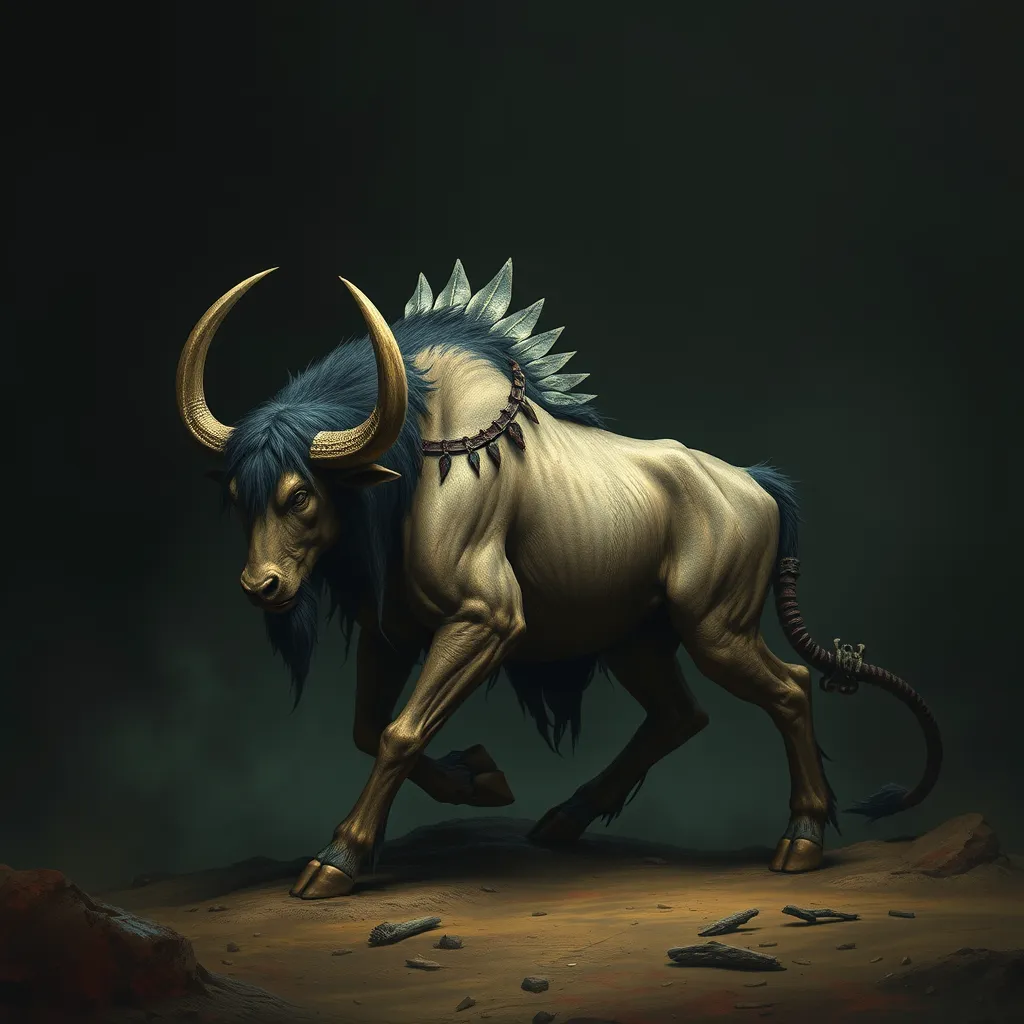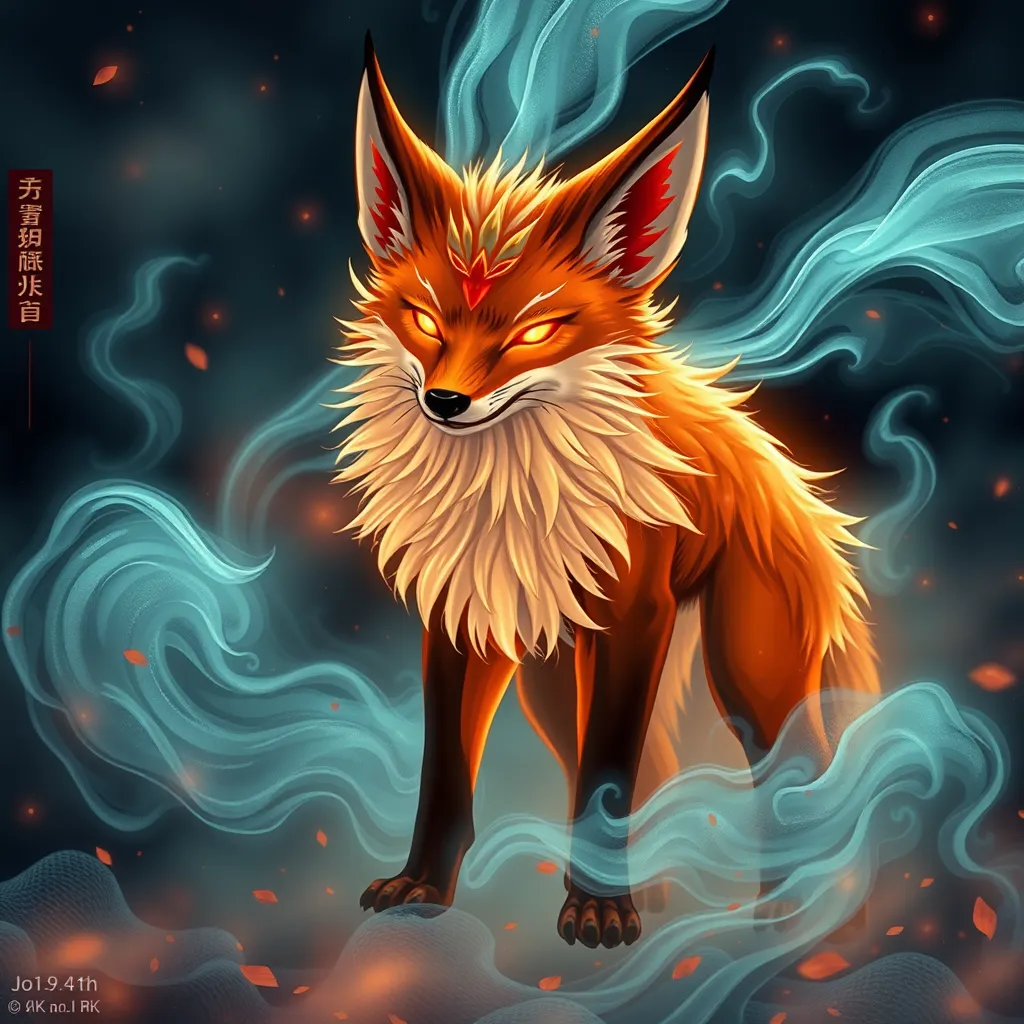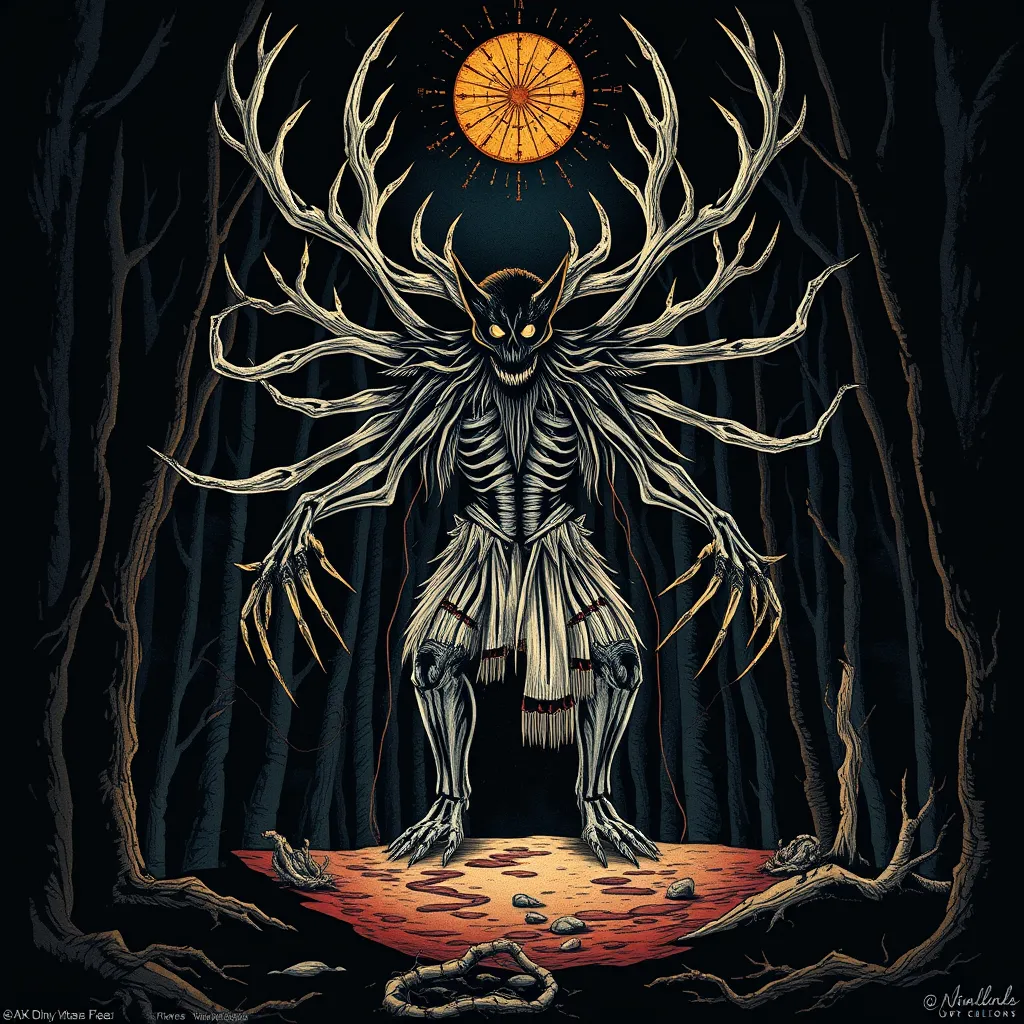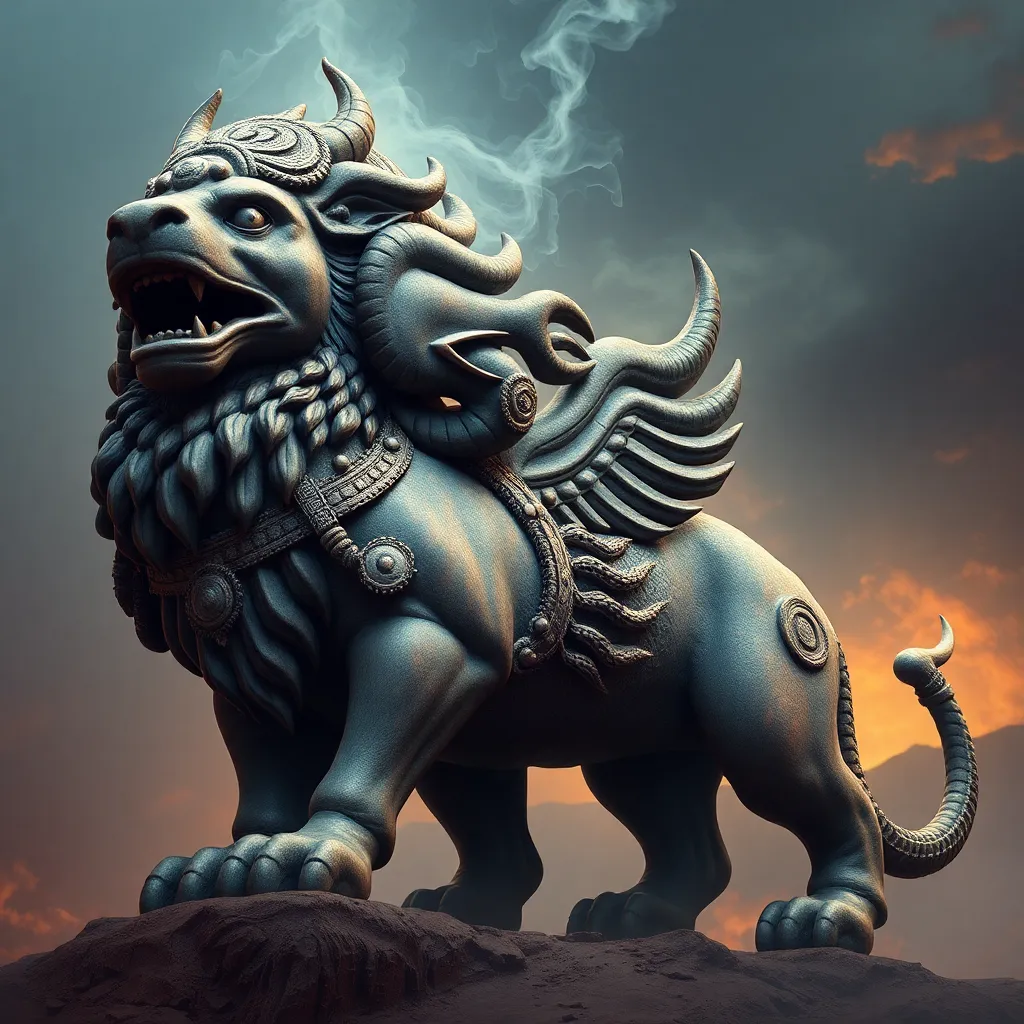The Minotaur in Native American Mythology: Exploring Shared Themes and Motifs
I. Introduction
The Minotaur is one of the most fascinating figures in Greek mythology, known for its half-man, half-bull form and its residence in the labyrinth of Crete. The story of the Minotaur encompasses themes of duality, sacrifice, and the hero’s journey, elements that resonate deeply within various mythological traditions. In contrast, Native American mythology offers a rich tapestry of stories that often explore similar themes through different figures and narratives.
This article aims to explore the shared themes and motifs between the Minotaur myth and Native American mythology, highlighting how these narratives reflect universal human experiences and cultural values.
II. The Minotaur: A Symbol of Duality
The Minotaur represents a striking symbol of duality, embodying both human and animalistic traits. This creature exists between two worlds: the civilized and the primal, reflecting the inner conflict faced by humanity.
In Native American mythology, duality is a recurring theme. Many mythological figures, such as Coyote, embody contradictory traits, serving as both a trickster and a teacher. This duality often illustrates the balance between good and evil, wisdom and folly, and the interconnectedness of all beings.
Comparative analysis reveals that:
- Both the Minotaur and Native American figures often face challenges that force them to reconcile their dual nature.
- The exploration of identity and the struggle between opposing forces are central to both mythologies.
- These narratives prompt reflection on the complexity of existence and the human condition.
III. The Labyrinth: Pathways and Trials
The labyrinth in Greek mythology symbolizes a complex journey filled with trials and tribulations. It serves as a physical and metaphorical space where heroes confront their fears and navigate their destinies.
In Native American stories, the symbolism of pathways and trials is prevalent. Many narratives depict characters embarking on journeys that test their strength, wisdom, and resilience. These journeys often lead to personal transformation and deeper understanding.
Examples of labyrinth-like journeys in Native American myths include:
- The journey of the Hero Twins in Navajo mythology, who face various challenges to restore balance to the world.
- The path of the trickster, Coyote, who often navigates complex situations that require cunning and adaptability.
- The vision quests undertaken by many Native American cultures, where individuals seek guidance and purpose through challenging experiences.
IV. The Hero’s Journey: Confronting the Beast
Theseus’s quest to slay the Minotaur is emblematic of the hero’s journey, a narrative arc that includes departure, initiation, and return. Theseus confronts the beast, symbolizing the struggle against one’s inner demons and the challenge of overcoming fear.
Similarly, Native American heroes face monstrous beings in their quests. Figures such as the Hero Twins or Spider Woman confront challenges that require not only physical strength but also moral courage and wisdom.
Common themes in heroism include:
- The importance of courage and sacrifice in the face of adversity.
- The quest for knowledge and understanding through personal trials.
- The role of community and support in achieving heroic feats.
V. Sacrifice and Redemption
The concept of sacrifice is central to the Minotaur myth, where Athenian youths are sacrificed to appease the beast, reflecting themes of loss and redemption. These sacrifices highlight the complexities of morality and the consequences of human actions.
In Native American traditions, sacrificial motifs are often present as well. Many stories illustrate the idea that personal sacrifice can lead to greater good or communal harmony, emphasizing the interconnectedness of life.
Exploration of redemption through sacrifice reveals:
- The transformative power of sacrifice in both mythologies, leading to new beginnings.
- The role of community and the collective in the process of redemption.
- The moral implications of sacrifice and the lessons learned from such acts.
VI. Nature and the Supernatural
The Minotaur’s connection to nature is evident in its primal aspects, representing the untamed forces of the natural world. This creature embodies the fear and fascination that humanity has towards nature’s wildness.
In contrast, Native American spiritual beliefs deeply honor nature, viewing it as a living entity imbued with spirit and significance. Nature is often depicted as a source of wisdom, guidance, and sustenance.
Comparative analysis of nature’s representation shows:
- Both mythologies reflect the tension between civilization and the wild.
- The relationship with nature is portrayed as a vital aspect of identity and existence.
- Supernatural elements in both traditions often serve to bridge the human and natural worlds.
VII. Cultural Significance and Interpretation
The Minotaur’s influence extends into modern interpretations of mythology, inspiring literature, art, and popular culture. Its themes resonate with contemporary audiences, reflecting ongoing struggles with identity, morality, and human nature.
Native American myths also hold contemporary relevance, serving as a means to understand cultural heritage, environmental stewardship, and community values. These stories continue to inspire and educate, fostering a deeper appreciation of the natural world and the interconnectedness of life.
Shared cultural values reflected through the myths include:
- The importance of balance and harmony within oneself and with the environment.
- The recognition of the cyclical nature of life and death.
- The understanding that myths serve as tools for teaching moral and ethical lessons.
VIII. Conclusion
In summary, the exploration of shared themes and motifs between the Minotaur in Greek mythology and figures in Native American mythology reveals profound insights into the human experience. Duality, trials, heroism, sacrifice, and the connection to nature are central to both traditions, offering a rich landscape for cross-cultural understanding.
The importance of cross-cultural mythological studies cannot be overstated, as they provide valuable perspectives on how different cultures interpret similar human experiences. By examining these narratives, we gain a deeper appreciation for the complexity of mythology and its relevance in a broader context.
Ultimately, the story of the Minotaur and its parallels in Native American myths remind us that despite cultural differences, the themes of our shared humanity resonate across time and space.



